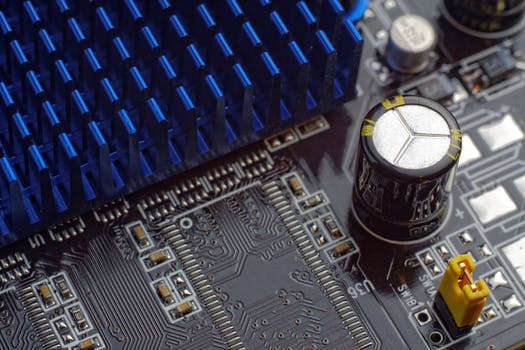TheDeveloperBlog.com
C-Sharp | Java | Python | Swift | GO | WPF | Ruby | Scala | F# | JavaScript | SQL | PHP | Angular | HTML
Control System Time Response of Second Order System
Control System Time Response of Second Order System with tutorial, introduction, classification, mathematical modelling and representation of physical system, transfer function, signal flow graphs, p, pi and pid controller etc.
Time response of second order system

In the above transfer function, the power of 's' is two in the denominator. That is why the above transfer function is of a second order, and the system is said to be the second order system. Time response of second order system with unit step From equation 1 
For unit step the input is 
Now taking the inverse Laplace of above equation 
This equation can also be written as 
Transient response specification of second order system
The performance of the control system are expressed in terms of transient response to a unit step input because it is easy to generate initial condition basically are zero. Following are the common transient response characteristics:
Delay TimeThe time required for the response to reach 50% of the final value in the first time is called the delay time. Rise TimeThe time required for response to rising from 10% to 90% of final value, for an overdamped system and 0 to 100% for an underdamped system is called the rise time of the system. Peak TimeThe time required for the response to reach the 1st peak of the time response or 1st peak overshoot is called the Peak time. Maximum overshootThe difference between the peak of 1st time and steady output is called the maximum overshoot. It is defined by 
Settling Time (ts)The time that is required for the response to reach and stay within the specified range (2% to 5%) of its final value is called the settling time. 
Steady State Error (ess)The difference between actual output and desired output as time't' tends to infinity is called the steady state error of the system. 
Example - 1
When a second-order system is subjected to a unit step input, the values of ξ = 0.5 and ωn = 6 rad/sec. Determine the rise time, peak time, settling time and peak overshoot. Solution:
Given- ξ = 0.5 ω n = 6 rad/sec Rise Time: 
Peak Time: 
Settling Time: 
Maximum overshoot: 
Next TopicRouth-Hurwitz Stability Criterion
|
Related Links:
- Top 41 Control Systems Interview Questions (2021)
- Control Systems Tutorial
- Control System Transient and Steady State Analysis of Linear Time Invariant Systems
- Control System Time Response of First Order System
- Control Logic Gates | Computer Organization and Architecture Tutorial
- Control System Transfer Function
- Control System Block Diagram
- Control System Signal Flow Graphs
- Control System Mason Gain Formula
- Control System Time Response of Second Order System
- Control System Routh Hurwitz Stability Criterion
- Control System P, PI and PID Controller
- Control System State Space Model
- Control System Classification
- Control System Mathematical Modelling and Representation of Physical System


